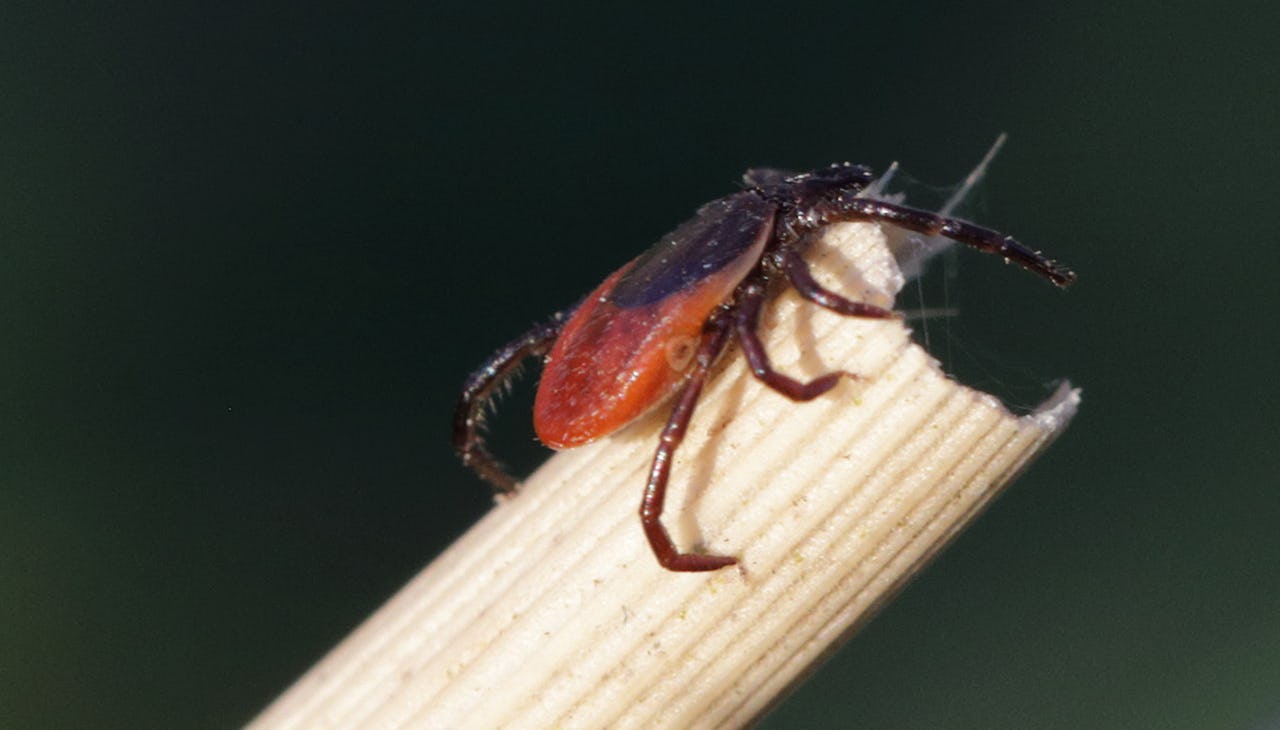Climate Change and the Spread of Infectious Diseases in the Arctic - Infographic

Insects known to carry disease, such as ticks, are expanding their ranges northward with climate change. Photo: gbohne
With the Arctic’s warming from climate change, Arctic ecosystems are changing, too. Boreal forests are moving northward into the tundra, and tundra is expanding into polar desert, bringing along new populations of animals and insects that can spread diseases from the south. But not only can a changing climate increase the range of disease vectors like mosquitoes, ticks, and rodents: it can also make it easier for them to survive.
This infographic designed by Iberia Zafira offers a glimpse into a complex and challenging problem affecting all regions of the Arctic in different ways. The spread of infectious diseases in the Arctic is an important and actively evolving public health issue, but many small communities are not equipped to handle it adequately. While the access northern residents have to public health care services can be limited, the stress placed on poor sanitation infrastructures by climate change can also exacerbate disease spread. The best solutions are multifaceted, involving collaboration and knowledge sharing between local communities, governments, and organizations across the circumpolar region.